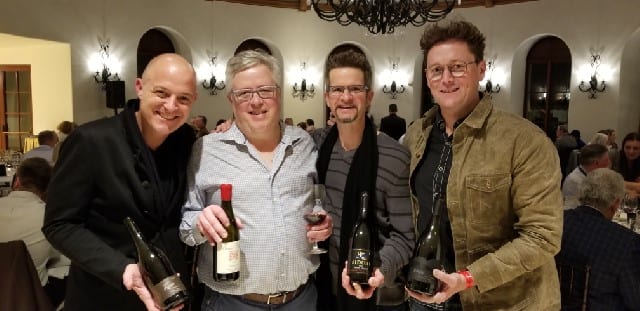Friendship and Camaraderie Among Pinot Noir Producers Along Highway 101
This story originally appeared in the Napa Valley Register.
The 18th annual World of Pinot Noir took place in Santa Barbara this past weekend. More than 250 wineries from around the world showcased their Pinot Noirs at seminars, lunches, dinners and the grand tastings. Everyone in attendance was friendly and shared the common love of Pinot Noir. I was reminded how overall, the wine industry is one of camaraderie, friendship and support.
Winemakers share their wines and taste each other’s wines, offering their feedback. Winemakers buy fruit from each other and sometimes work in the same facility, sharing equipment. They travel together for events or on sales trips.
Even as competitors, they are friends and that was showcased at a dinner I attended featuring winemakers Wells Guthrie of Copain, Jonathan Nagy of Byron, Greg Brewer of Brewer-Clifton and Adam Lee of Siduri.

From the Alexander Valley to the Santa Ynez Valley and in between, these four winemakers have each been making wine for more than 20 years each and their relationships go back as far.
15 March, 2018






